THE FUTURE STARTS TODAY
Dr Hany Abu-Farsakh Orthopaedic Consultant
الدكتور هاني أبوفرسخ استشاري جراحة العظام و المفاصل
I was and still believe that the future does not wait for us far, but rather begins today. This is my vision and ambition in healthcare. As an orthopedic surgeon and specialist in stem cells and regenerative medicine, I strive to be the bridge between science and patients, and between innovative technology and healing.
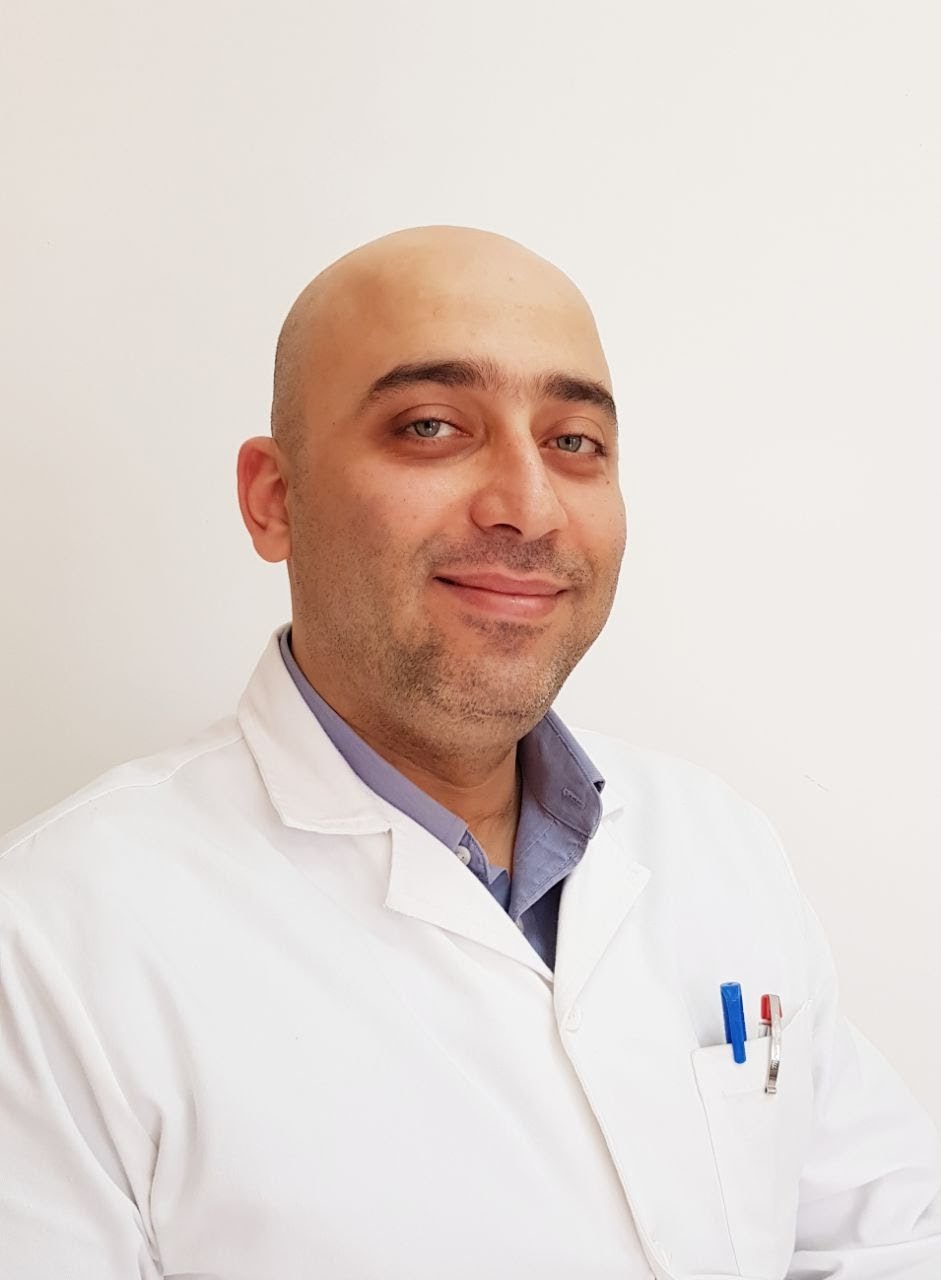
Our Specialist Treatments
All Your Orthopedic Needs at One Place
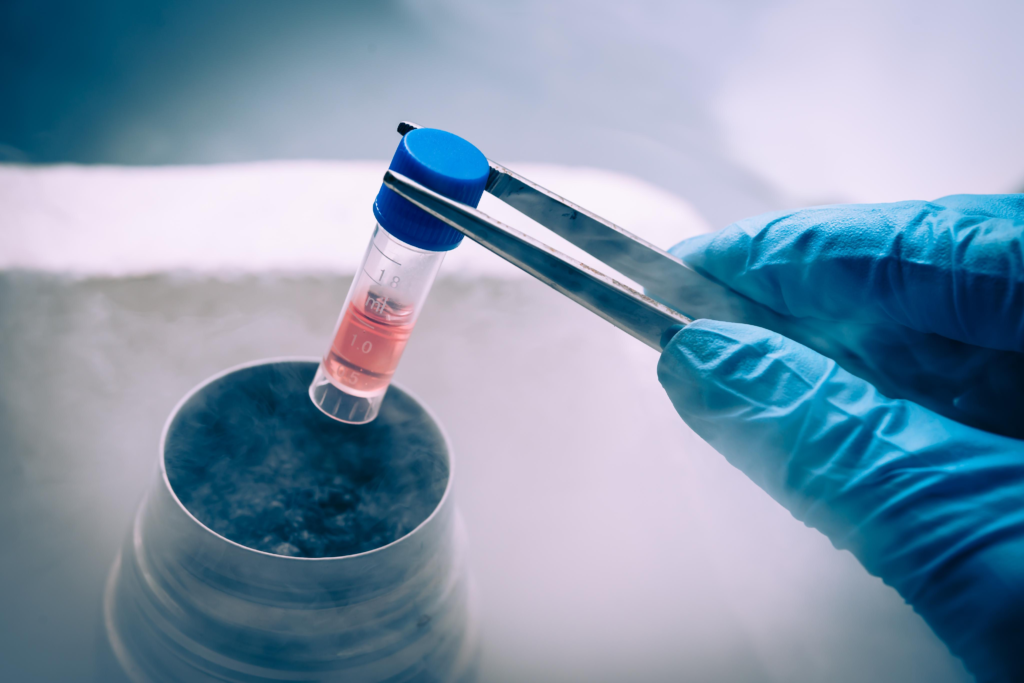
Stem Cells and Regenerative Medicine
Stem cells and regenerative medicine hold the promise of revolutionizing healthcare by harnessing the body’s own regenerative capabilities
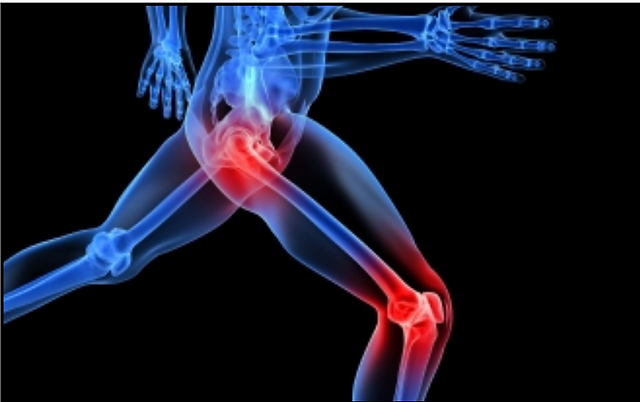
Joint Replacement (hip and knee) Pain Free with Remarkably Fast Recovery
Joint replacement surgery offers renewed mobility and improved quality of life by replacing damaged or diseased joints

Sports injuries treatment with advanced treatment options
Sports injuries treatment focuses on a comprehensive approach that combines therapeutic interventions, physical rehabilitation, and personalized care
Operations and Therapeutic Interventions
Our Specialist Treatments & Details
Anesthesia: Appropriate anesthesia is applied as directed by the specialist, and it can be general anesthesia or local anesthesia. Anesthesia is chosen based on the patient’s condition and the type of operation.
Insertion of the endoscope: The knee endoscope is inserted through a small incision in the skin. The endoscope contains a small camera and a light source that allows the surgeon to clearly see the inside of the knee joint.
Diagnosis: The knee joint is explored by arthroscopy to identify possible diseases or injuries. The condition of the cartilage, ligaments and tissues surrounding the knee is checked. The results are recorded via the screen that displays the direct image from the endoscope.
Treatment: Based on the diagnosis, appropriate treatment is implemented. This includes repairing damaged tissue, removing unhealthy tissue, or cleaning the joint of debris. Fine surgical instruments such as grippers, sharpeners, and clamps are used to perform the necessary procedures.
Closure: After the treatment is completed, the endoscope is removed and the small incisions in the skin are closed with stitches or adhesive tape. These small incisions are less invasive than traditional knee surgery.
Recovery phase: After the operation, the patient is transferred to the observation room for observation and rest. The doctor determines the appropriate recovery period and the necessary directions based on the patient’s condition and the nature of the operation. It is important to follow the post-operative instructions carefully, including physical therapy and home exercises, to restore strength and motion to the knee.
Arthroscopic knee surgery is an effective and less invasive surgical procedure compared to traditional surgery. This procedure provides a shorter recovery period and fewer complications, helping to restore knee function and improve the quality of life for patients.
Anesthesia: Appropriate anesthesia is applied as directed by the specialist, and it can be general anesthesia or local anesthesia. Anesthesia is chosen based on the patient’s condition and the type of operation.
Insertion of the endoscope: The shoulder endoscope is inserted through a small incision in the skin. The endoscope contains a small camera and a light source that allows the surgeon to clearly see the inside of the shoulder joint.
Diagnosis: The shoulder joint is explored by arthroscopy to identify possible diseases or injuries. The condition of the cartilage, ligaments and tissues surrounding the shoulder is checked. The results are recorded via the screen that displays the direct image from the endoscope.
Treatment: Based on the diagnosis, appropriate treatment is implemented. This can include repairing damaged tissue, removing swellings or tumors, or replacing a damaged joint. Fine surgical instruments such as grippers, sharpeners, and clamps are used to perform the necessary procedures.
Closure: After the treatment is completed, the endoscope is removed and the small incisions in the skin are closed with stitches or adhesive tape.
Recovery phase: After the operation, the patient is transferred to the observation room for observation and rest. The doctor determines the appropriate recovery period and the necessary directions based on the patient’s condition and the nature of the operation. Recovery may take time to fully regain strength and motion of the shoulder.
Shoulder arthroscopy is an effective and less invasive surgical procedure compared to traditional surgery. This operation provides a shorter recovery period and fewer complications, helping to restore shoulder function and improving patients’ quality of life.
Anesthesia: Appropriate anesthesia is applied as directed by the specialist, and it can be general anesthesia or local anesthesia. Anesthesia is chosen based on the patient’s condition and the type of operation.
Insertion of the speculum: The ankle speculum is inserted through a small incision in the skin, usually in the front of the ankle. The endoscope contains a small camera and a light source that allows the surgeon to see clearly inside the ankle joint.
Diagnosis: The ankle joint is explored by arthroscopy to identify possible diseases or injuries. The condition of the cartilage, ligaments and tissues surrounding the ankle is checked. The results are recorded via the screen that displays the direct image from the endoscope.
Treatment: Based on the diagnosis, appropriate treatment is implemented. This can include repairing damaged tissue, replacing damaged cartilage, or removing swellings or tumors. Fine surgical instruments such as grippers, sharpeners, and clamps are used to perform the necessary procedures.
Closure: After the treatment is completed, the endoscope is removed and the small incisions in the skin are closed with stitches or adhesive tape.
Recovery phase: After the operation, the patient is transferred to the observation room for observation and rest. The doctor determines the appropriate recovery period and the necessary directions based on the patient’s condition and the nature of the operation. Recovery can include physical therapy sessions, movement instruction, and home exercises to restore ankle strength and motion.
Ankle arthroscopy is an effective and less invasive surgical procedure compared to traditional surgery. Arthroscopic surgery helps in diagnosing and treating ankle problems in a precise and specific way, which helps to restore ankle function and improve the quality of life for patients.
Anesthesia: Appropriate anesthesia is applied before the operation. Anesthesia can be local or general, and is chosen based on the doctor’s directions and the patient’s condition.
Osteoporosis: A cut is made in the affected bone to give space for the artificial joint to be installed. The upper femur and the lower tibia are cut.
Installation of the artificial joint: An artificial joint made of durable and resistant materials is installed in the damaged joint. The prosthesis is fixed either with bone cement or with a non-osseous fixation technique.
Closure: After the prosthesis is installed, the wound is closed and fixed with stitches or adhesive tapes.
Recovery phase: The patient is transferred to the observation room for post-operative observation and rest. It includes the recovery phase
Physiotherapy sessions are usually used to restore knee strength and movement. The doctor determines the appropriate time period for recovery and provides the necessary directions.
Knee replacement surgery is an important surgical procedure that helps relieve pain and improve knee motion for people with severe knee joint damage.
Anesthesia: Appropriate anesthesia is applied before the operation. Anesthesia can be local (hip area) or general, depending on the doctor’s directions and the patient’s condition.
Joint preparation: The upper bone of the thigh bone (femoral head) and the lower bone of the pelvis (the sciatic fossa) are cut. Special surgical tools are used to remove damaged parts of the joint.
Installation of the artificial joint: An artificial joint made of durable and resistant materials is installed in the damaged joint. The prosthesis is fixed either with bone cement or with a non-osseous fixation technique.
Closure: After the prosthesis is installed, the wound is closed and fixed with stitches or adhesive tapes.
Recovery phase: The patient is transferred to the observation room for post-operative observation and rest. The recovery phase includes physical therapy sessions and home exercises that help restore normal hip strength and movement.
Hip replacement is an important and effective surgical procedure that helps improve quality of life and restore movement and function to the damaged hip.
Anesthesia: Appropriate anesthesia is applied before the operation. Anesthesia can be local (shoulder area) or general, depending on the doctor’s directions and the patient’s condition.
Resection: Bones attached to the damaged joint, such as the scapula and scapula (shoulder head), are cut. Surgical tools are used to remove damaged parts and prepare the bone for the artificial joint.
Installation of an artificial joint: An artificial joint is installed in the position of the damaged joint. Artificial joints made of durable materials such as titanium or high-density polyethylene are used to mimic the natural movement of a joint.
Closure: After the prosthesis is installed, the wound is closed and fixed with stitches or adhesive tapes.
Recovery phase: The patient is transferred to the observation room for rest and observation. Recovery after shoulder replacement surgery includes physical therapy sessions and home exercises to restore shoulder mobility and strengthen the surrounding muscles.
It is important to adhere to your physician’s instructions and participate in physical therapy to ensure successful recovery and full restoration of shoulder function. Full recovery after shoulder replacement surgery can take several months, but this varies according to each patient’s case individually
The use of stem cells in the treatment of osteoarthritis and osteoarthritis is a promising area in regenerative and modern medicine. There is a great development in the use of stem cells to treat joint problems, including roughness and friction, and it is a procedure that takes place on the same day, and does not require an overnight stay in the hospital.
Stem cells can be obtained from a variety of sources, including ear cartilage or belly fat. If cartilage cells are used, they are obtained from the patient’s own cartilage through a small ear sample collection procedure, and then processed and multiplied in a laboratory before being used in treatment. As for the use of belly fat, stem cells are obtained from this fat after a minor surgical procedure to collect the sample.
After obtaining stem cells, they are transplanted into the damaged area of the affected joint. Which helps to repair damaged tissues and promote the process of regeneration and healing of the body to help in the formation of new cartilage and repair of lost or damaged tissues, which enhances the movement of the joint and reduces pain and friction.
Regenerative therapy can be an effective treatment option for tendinitis. Tendonitis is a common condition caused by excessive stress or injury to a tendon, and it can cause pain, swelling, and reduced motion. Tendonitis may affect different joints in the body, such as the shoulder, elbow, and knee.
Regenerative therapies for treating tendinitis include the use of stem cells and growth factors to promote tendon healing and regeneration of damaged tissue. Stem cells are used to multiply and regenerate damaged cells and to stimulate healing. Stem cells may be obtained from various sources such as bone and fat.
Using regenerative therapy techniques, stem cells are transplanted into the damaged area of the tendons using fine needles or through a small surgical procedure.
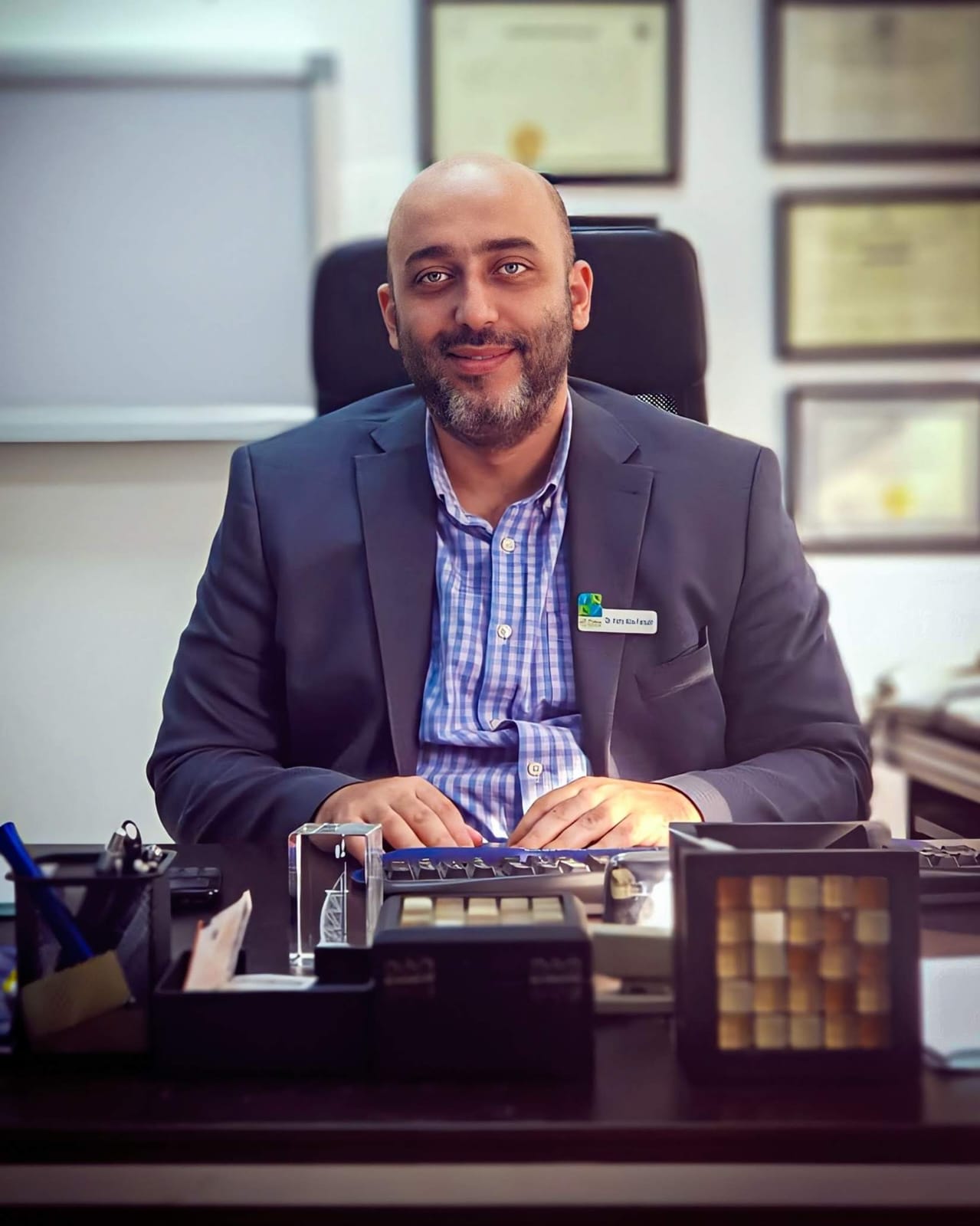
Treatments that we provide
Dr. Hany Abu-Farsakh
Dr. Hany is distinguished by presenting the latest scientific findings in the field of regenerative medicine and stem cells, which provides patients with a set of conservative options that may help them avoid surgical interventions and their complications, so that the treatment is based on the use of stem cells from the human body that suffers from pain to reshape and regenerate Infected tissues and organs in the body. This treatment can be used to treat arthritis (roughness and friction), complex fractures, ruptures of ligaments, tendons and muscles in various parts of the body.
Dr. Hani is also distinguished by exceptional skills and capabilities in the field of joint replacement operations for the knee and hip “without pain”, which allows the patient to return to his usual activity in a record and exceptional time. This is thanks to the use of the latest and most accurate surgical techniques to perform this type of operation, in addition to his experience in the field of robotic surgery.
In the field of sports injuries and arthroscopic surgery, Dr. Hani provides a set of exceptional services that allow athletes to obtain excellent results in record time, which reduces potential complications and effort in the rehabilitation process.
Book an Appointment & You’re Done!
Looking for the best & Orthopedic treatments without a long waiting time?
Why H Ortho?
We Make Orthopedic Treatments Fun!
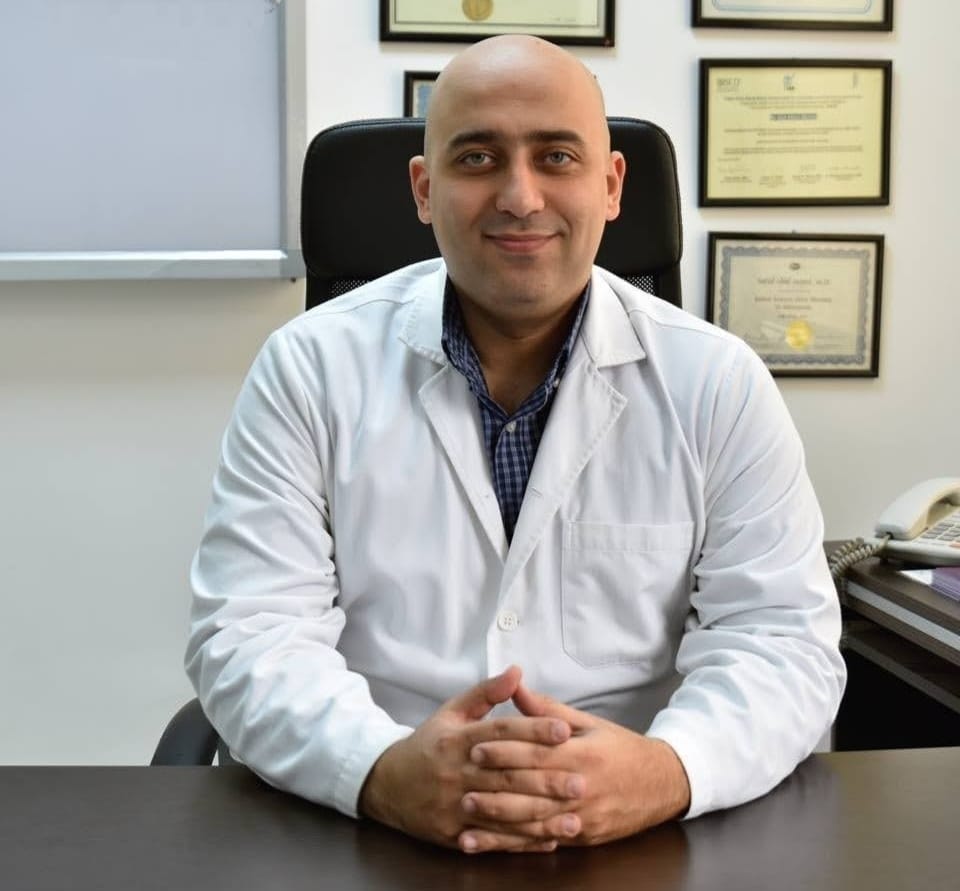
Meet Dr. Hany Abu Farsakh
Pioneering in Stem cells and regenerative medicine research and its clinical applications in orthopaedic surgery.
Specialises in joints reconstruction surgery, arthroscopic surgery, sports injuries and trauma.
I am a perfectionist that expects to have a similar attitude from the people working with me.
Passionate about my work and my patients.
Committed to follow my patients progress personally to be sure of having a positive outcome.
- 15+ Years of experience
- Highly Equipped Clinic
- Good quality care & service

